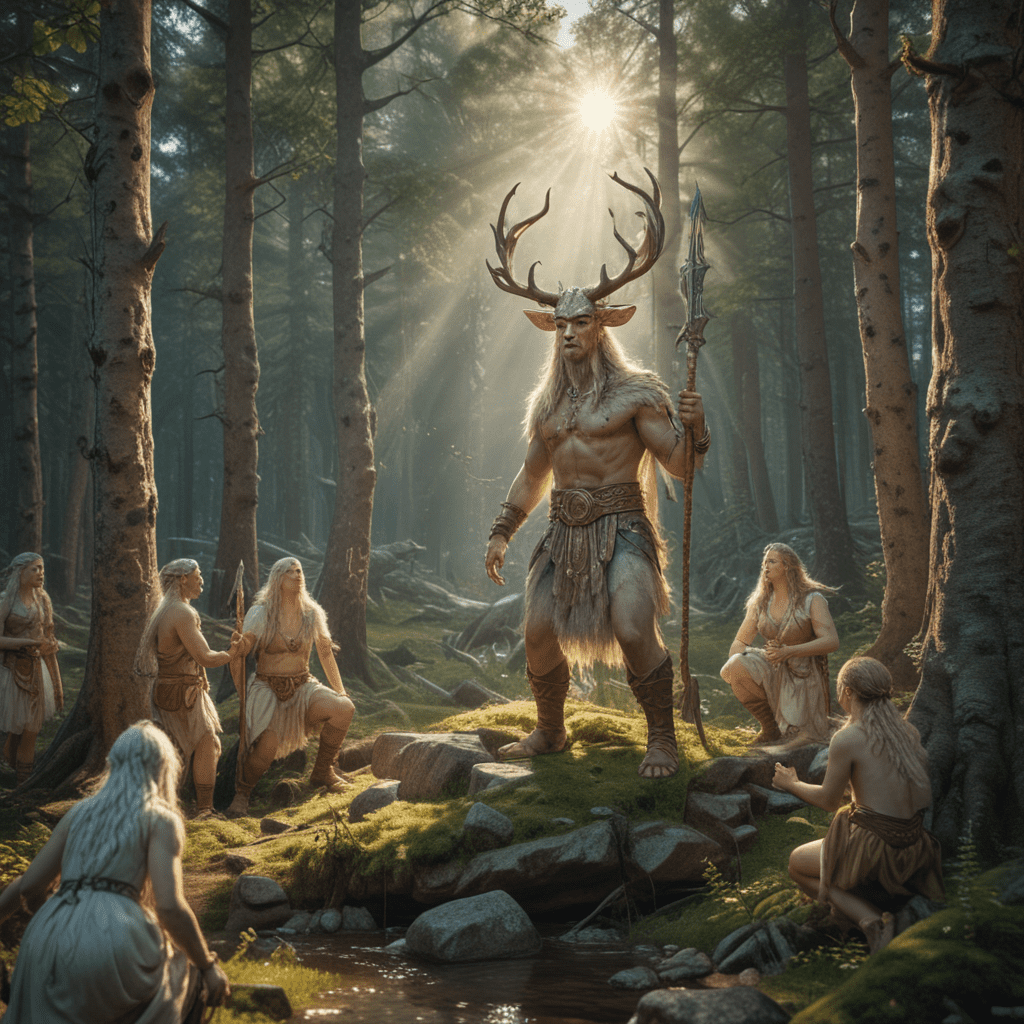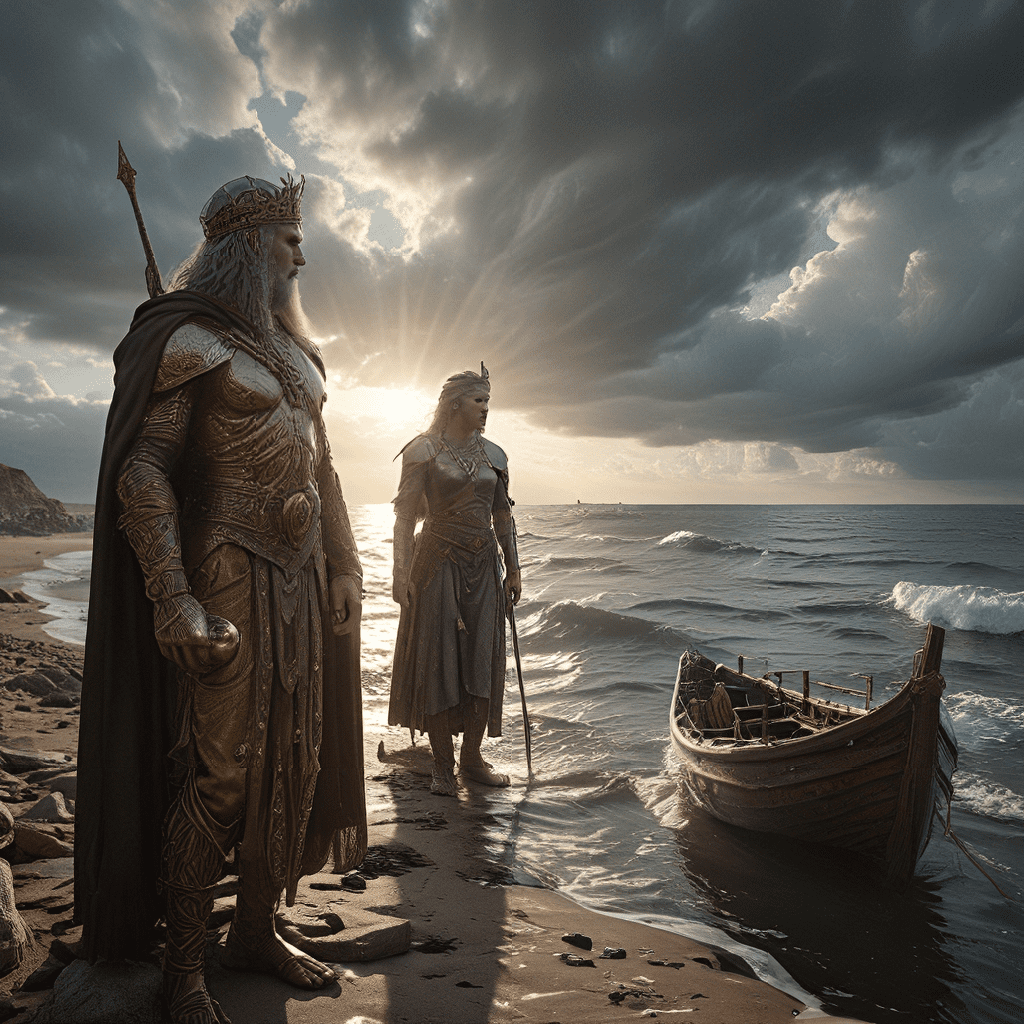Introduction: The Significance of Songs and Chants in Finnish Mythology
Songs and chants hold a profound significance in Finnish mythology, serving as essential tools for creation, storytelling, rituals, and healing. They are believed to possess magical powers and are deeply intertwined with the country's animistic beliefs.
The Role of Joukahainens in Creation and Song
Joukahainens, a renowned singer and magician, played a pivotal role in the creation of the world. Through his enchanting songs, he brought forth the elements, including fire, water, and earth. Joukahainen's ability to weave words into reality highlights the power of music in Finnish mythology.
The Epic of Kalevala and its Impact on Finnish Music
The Kalevala, Finland's national epic, is a collection of ancient songs and poems that narrate the legendary exploits of heroes like Väinämöinen and Ilmarinen. The epic has had a profound impact on Finnish culture, inspiring countless works of art, music, and literature. Its rhythmic verses and mythical themes continue to resonate with audiences today.
Väinämöinen's Kantele and its Magical Powers
Väinämöinen, a central figure in the Kalevala, possessed a magical instrument called the kantele. Crafted from the bones of a giant fish, the kantele's enchanting melodies had the power to calm storms, heal wounds, and awaken animals from their slumber. The kantele represents the transformative power of music in Finnish mythology.
The Ritualistic Importance of Chants and Incantations
Songs and chants were also integral to Finnish rituals. Shamans and healers used incantations to summon spirits, cast spells, and promote healing. These chants were believed to have a sacred and powerful connection to the supernatural world.
The Healing Properties of Runes
Runes, ancient symbols used in writing and divination, also played a significant role in Finnish music. They were inscribed on amulets, talismans, and weapons, believed to possess healing and protective powers. Chants and incantations incorporating runes were used to treat illnesses, ward off evil spirits, and promote well-being.
The Use of Songs to Communicate with Nature
Animism, the belief that all things in nature have a spirit, is deeply ingrained in Finnish mythology. Songs and chants were seen as a way to communicate with these spirits, whether they be trees, animals, or natural phenomena. Through music, people could ask for guidance, protection, or forgiveness from the spirits of the natural world.
The Influence of Animism on Finnish Song
Animism has left a lasting impression on Finnish song lyrics. Many traditional songs feature anthropomorphic characters, such as talking animals or sentient trees, reflecting the belief that all things in nature have a consciousness. The lyrics often depict the interconnectedness of humans and the natural world, conveying a sense of harmony and respect for the environment.
Contemporary Interpretations of Finnish Mythology in Music
In recent years, there has been a resurgence of interest in Finnish mythology in contemporary music. Bands like Korpiklaani, Finntroll, and Moonsorrow incorporate traditional Finnish folk melodies, instruments, and lyrical themes into their heavy metal sound. These artists blend ancient myths and legends with modern musical styles, creating a unique and captivating fusion of past and present.
Preservation and Revival of Finnish Musical Traditions
Efforts are underway to preserve and revive traditional Finnish musical practices. Folk music festivals, workshops, and educational programs aim to pass on the knowledge and skills of traditional singers, musicians, and storytellers to younger generations. These initiatives ensure that the rich musical heritage of Finnish mythology continues to thrive and inspire future generations.
FAQ
What are the main themes explored in Finnish mythological songs and chants?
Creation, storytelling, rituals, healing, and communication with nature.
What are some of the most famous Finnish mythological figures associated with music?
Joukahainen, Väinämöinen, and Ilmarinen.
How has Finnish mythology influenced contemporary music?
Bands like Korpiklaani and Finntroll have incorporated traditional Finnish folk elements into their heavy metal sound.



